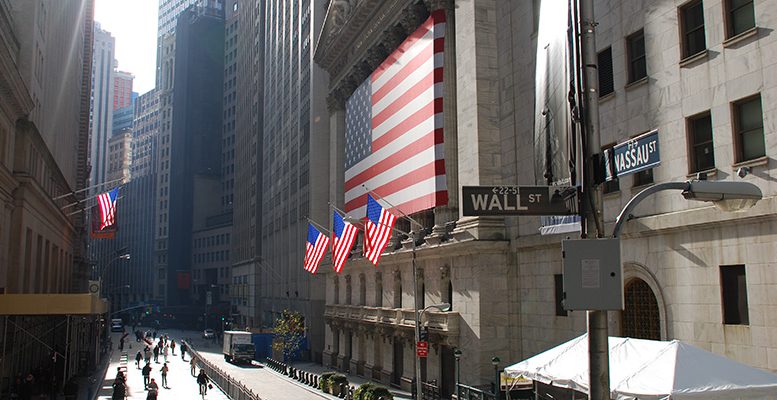On March 9th, Wall Street chalked up 8 years of rises. On March 9th 2009, with Barack Obama having just taken over at the White House, the Dow Jones closed at 6.547,05, its lowest level since April 15 th 2007. And on March 9th 2017, the US celebrated 8 years of a bull market, as it’s called on this side of the Atlantic, with every index shooting up. The Dow Jones, over 21.000; Standard and Poor’s over 2.300; and the NASDAQ, over 5.800. Shares trading on the New York stock market alone have generated 21 billion dollars in this period (19.7 billion euros, or almost 15 times Spanish GDP).
It’s the fourth bull market with the biggest revaluation in the history of the US. And the second longest. It has survived everything. The full nationalisation of General Motors and Chrysler in May 2009; close to zero inflation in 2011-2014; the Fed’s successive massive rounds of bond purchases; oil prices at 100 dollars in 2012, 2013 and 2104; and at 29 dollars in 2016; fears of a financial catastrophe in China; the Republicans’ brutal opposition to Obama, with threats of a government shut down and bankruptcy in 2011; and, above all, the eurocrisis.
So Wall Street withstands it all. Some companies are better and others worse. For example, the Standard and Poor’s Company which appreciated the most in this period was the pharmaceutical Incyte. Its shares have increased in value by 6.500%.
A PER of 393
Today Amazon trades at a PER of 173, although at least it can boast for the first time that it is making money on a more or less consistent basis. The company which is making a lot is Facebook, which was not yet listed on the stock market in 2009. But it’s quite another thing for its earnings and business model to justify a PER of 393. Who are the losers? The energy companies. Their revaluation is hardly even 67%. And the indisputable loser is the oil company Houston Southwestern Energy. Today its shares are worth a quarter of what they were worth in 2009.
But the question is not where the market has come from, but where it is going. The Federal Reserve is clearly embarked on a process of rate tightening. And 10 of the last 13 upward cycles in interest rates ended up in a recession. And then there’s the fact that Wall Street is expensive. On March 9th 2009, the PER of the Standard and Poor’s was 10.9; on March 9th 2017, it was 19.8. Excluding the energy companies, the PER is 17.6, more reasonable. That said, the average of the Standard and Poor’s is 15.64. So the market is overbought, no matter how much Warren Buffet says it isn’t. And in the last few months, the market has shown signs of overheating.
Earnings on the rise
The market expects a rise in corporate earnings of between 1% and 12% this year. But the index has already risen by this amount since January. Then there is the dollar which has clearly appreciated, and a government in Washington which, to put it mildly, is disfunctional. The tax reform which companies expected is at an impasse. The dismantling of the 2010 Dodd-Frank law is going at a snail’s pace and Donald Trump’s infrastructure investment plan will kick off when he finds the billion dollars he needs to do it.
The only thing Trump is doing, apart from frenetically tweeting, is getting rid of environmental and labour regulations from the Obama era, as well as creating legal insecurity by allowing his advisors to talk about applying a tariff of between 10% and 12% on all US imports…But this market has demonstrated that it can survive it all. Perhaps it’s just a matter of having confidence in it.





